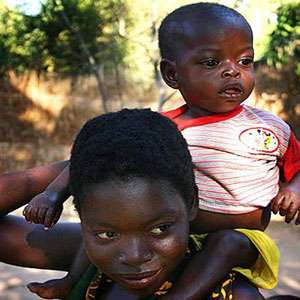Scientific methods shed new light on evolution of kinship patterns

New biological methods used to trace the evolutionary history of kinship patterns shed new light on how societies developed as farming spread across the globe during the Neolithic, according to new research by a UCL-led international team.
Kinship is the web of social relationships that underlie human society, with lines of descent determining how wealth, land and position are inherited across the generations.
The paper, published today in PNAS, demonstrates the use of "virtual archaeology" or phylogenetic techniques that enable the study of evolutionary relationships among groups using language trees in reconstructing the ancestral state of kinship in Bantu cultures in Africa.
The research shows how inheritance and residence rules co-evolved as farming spread throughout sub-Saharan Africa, with the findings questioning current theories suggesting that residence rules were the primary driver of all other human social structures, dictating lines of descent and where people chose to live and settle.
Lead author Dr Kit Opie (UCL Anthropology) said: "Kinship a big issue in anthropology, but current methods used to piece together historical social hierarchies, for example by looking at linguistic reconstructions or archaeological evidence, can be problematic.
"The use of phylogenetics, a method adapted from evolutionary biology, opens up many possibilities in the social sciences as an alternative way of reconstructing the evolutionary history of cultural and social traits. The Bayesian analysis involved is similar to the algorithms used by Google's search engines and this is the first time the technique has been applied to Bantu cultural change.
"The implications in bringing these kind of biological approaches into the social sciences are very significant. It feels like we're at the start of a new era for the social sciences."
*Bantu peoples or cultures is used as a general label for the 300–600 populations in Africa who speak Bantu languages and inhabit a geographical area stretching east and southward from Central Africa across the African Great Lakes region down to Southern Africa.
More information: "Phylogenetic reconstruction of Bantu kinship challenges Main Sequence Theory of human social evolution." DOI: 10.1073/pnas.1415744111
Journal information: Proceedings of the National Academy of Sciences
Provided by University College London




















